
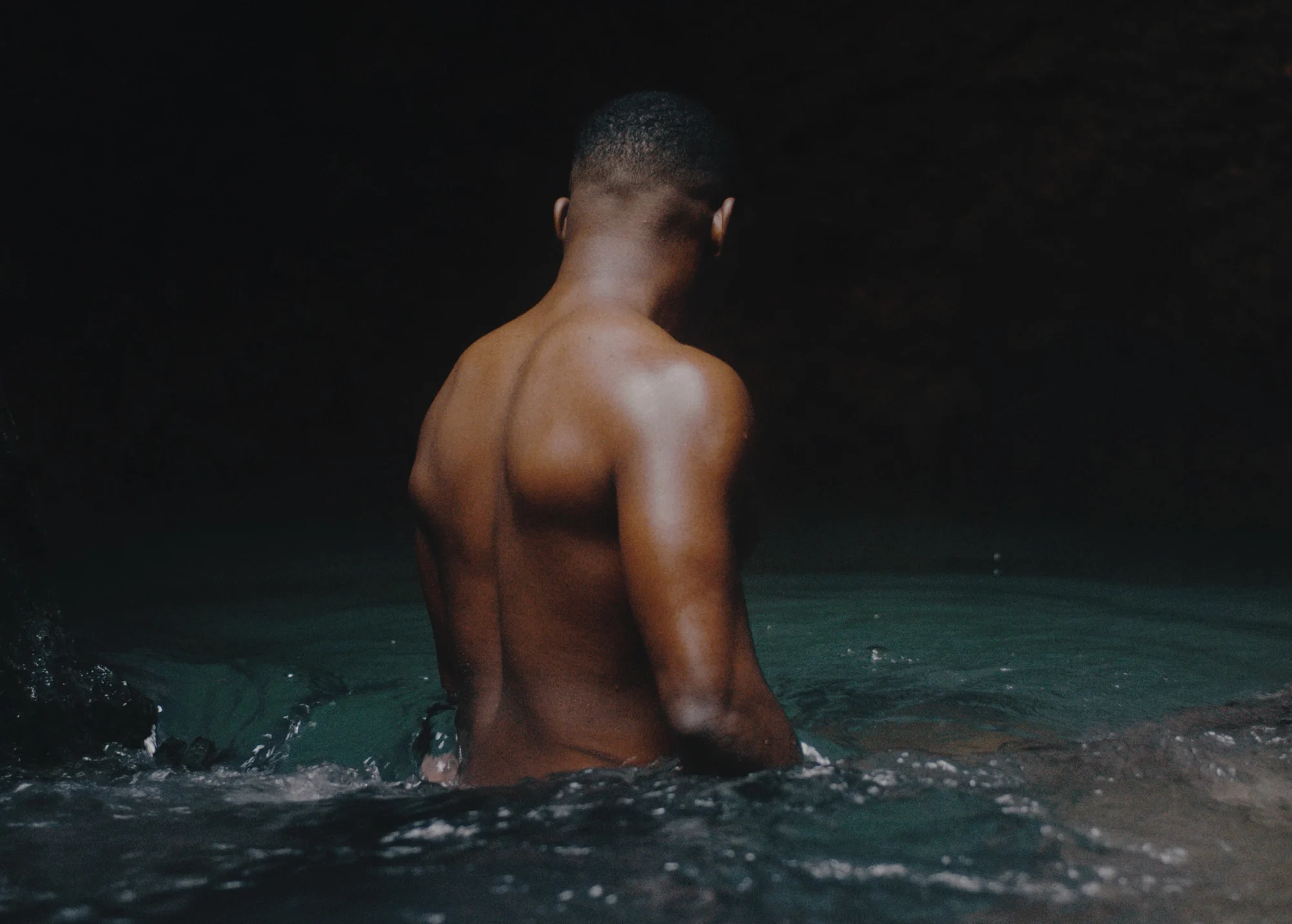
When Kevin Osepa left his native island Curaçao to pursue a degree in photography in the Netherlands he was told by teachers that his Caribbean roots shouldn’t always take the center stage. He began to realize how much his identity had been informed by the spiritual beliefs, rituals, and culture of his island, and how much he missed it. His latest projects tell tales from the heart of his Afro-Caribbean identity. Here writer Rolien Zonneveld speaks to Kevin about his work.
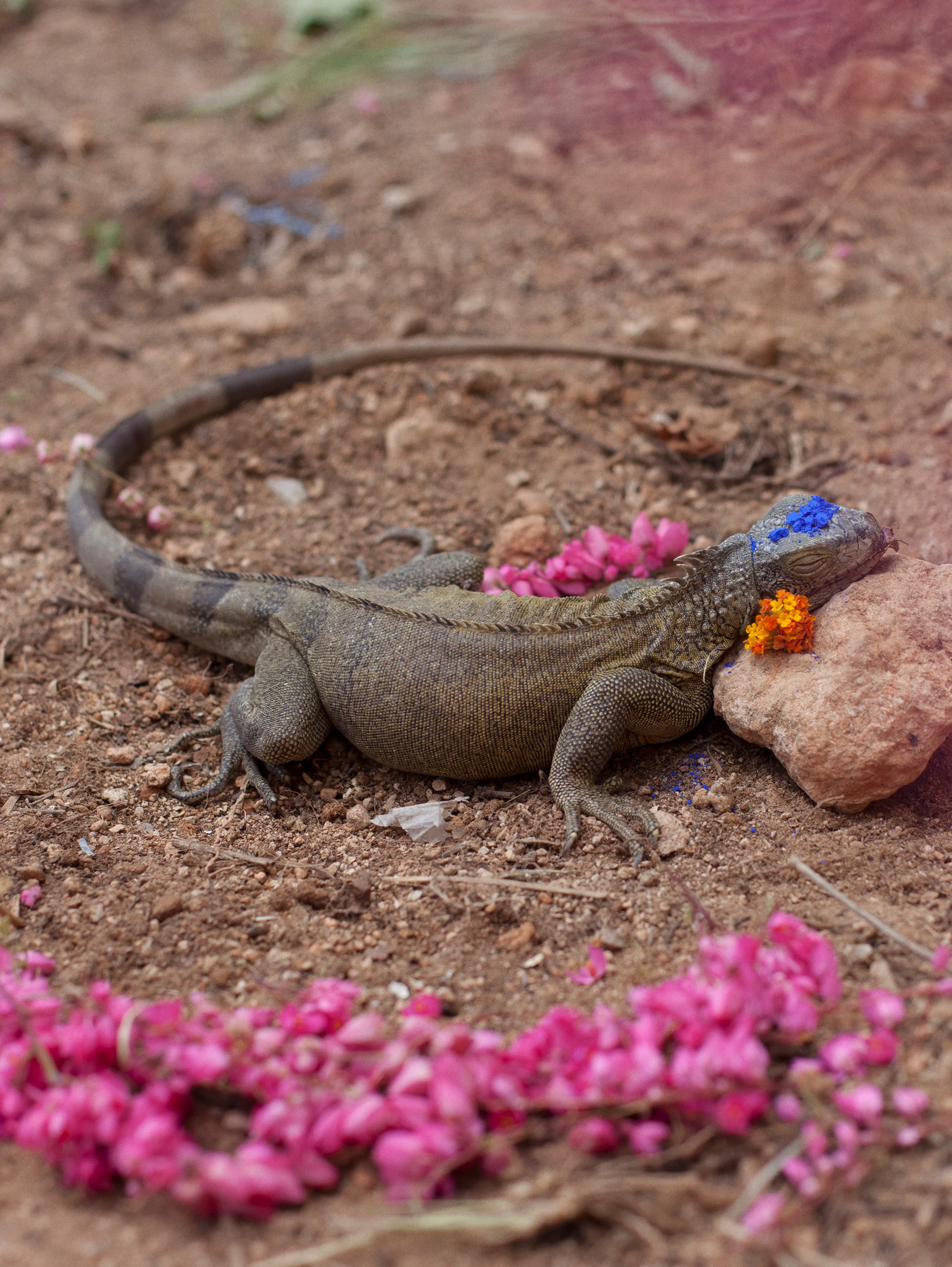

The color indigo is a piercing type of blue: both radiant and regal, but weirdly artificial-looking at the same time. It is as if it has an aura. No wonder that the color has assumed so many spiritual meanings in communities around the globe – the Afro-Curaçaoan being one of them. Believing that it can protect you from the evil eye, mothers rub their young children with Reckitt’s Crown Blue Squares, or blous as it is informally known on the island: indigo-colored cubes which whiten your laundry and can be bought at the local grocery store. “Out of the blue comes the whitest wash,” the tagline of the product reads.

This type of purification and protection is one of the many rituals that make up brua, a collective term used to describe the spiritual rites and superstitions that are mainly practiced on Aruba, Curaçao, and Bonaire. Rather than out in the open, these rituals take place in all sorts of forms, from an obscured altar erected in someone’s household to a warning read between the lines of a grandmother’s reprimand. “Don’t let someone circle around you, it’s a bad omen!” “Don’t climb in trees after six at night, you will awaken its spirits!” “Don’t leave your bag on the floor, you will become poor!” Brua are subtle acts, and the everyday lives of the islands’ inhabitants are laced with it.

I don’t know whether it’s the landscape or the architecture, but the country doesn’t really lend itself to magic.
For artist Kevin Osepa, this magical way of thinking has always informed a sense of belonging and identity and is something that gives him great comfort. Coming to the Netherlands to pursue a degree, he quickly learned how tied his type of thinking was to the specific cultural context of the island. In the Calvinistic and “down-to-earth” Netherlands, he soon discovered there was little room for such spiritualism. “I don’t know whether it’s the landscape or the architecture, but the country doesn’t really lend itself to magic,” Kevin explains.
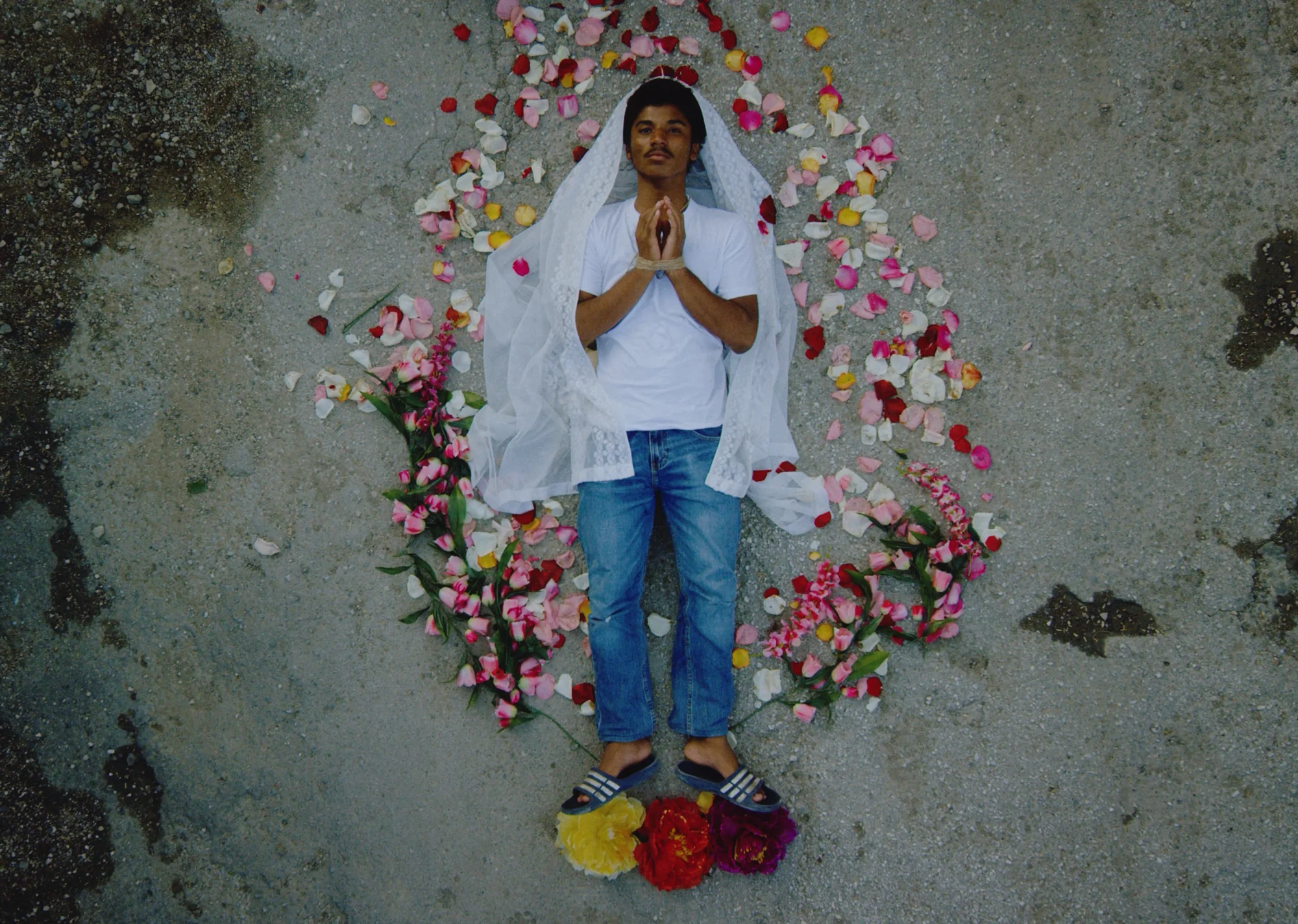
Curaçao on the other hand does. Once a strategic outpost for the trans-Atlantic slave trade, the island has always been a crossroad of cultural influences be that from enslaved Africans, Sephardic Jews who had fled the Spanish Inquisition, or indigenous communities or colonial powers. Brua originally comes from the West-African gods and ancestral spirits who were believed to travel along on the slave ships to the Caribbean. While each colonized country adopted its own version of the religion, its magical rituals and gods remained the same across the entire region. When Catholicism was imposed onto Curaçao by the Dutch colonial power, a hybrid form of these religions emerged – one that was not formally accepted. It forced the Afro-communities of the islands to openly reject brua, which ultimately resulted in it becoming a taboo. Centuries later, inhabitants are still connected to these roots through the traditions of their faith, but are so in secrecy. Children are raised with the idea that you shouldn’t talk about it. “To this day my grandmother takes me to a separate room when we discuss brua,” Kevin says. Despite that, it hasn’t stopped younger generations being curious and starting exploring.

I am creating a sense of home, or my idea of home.
Kevin did. Encouraged by his third year art tutor Sara Blokland, a visual artist whose work centers around postcolonial cultural heritage, he began to research all the intricate rituals and sayings he was exposed to throughout his youth. He then began to infuse those into his photography. Take blous for example, the bottled purification water that can be found in many a Curaçao household, and appears throughout his series Mester Blousé as a recurring motif. “These bottles represent motherly love for me, as they are often used to protect young children. By introducing it as a subject in my photography, I am creating a sense of home, or my idea of home, in the Netherlands,” Kevin says. “I felt like I needed some form of acceptance, particularly in those early years when I did not feel comfortable in my new home having the color of my skin. Mester Blousé provided me with that acceptance.”
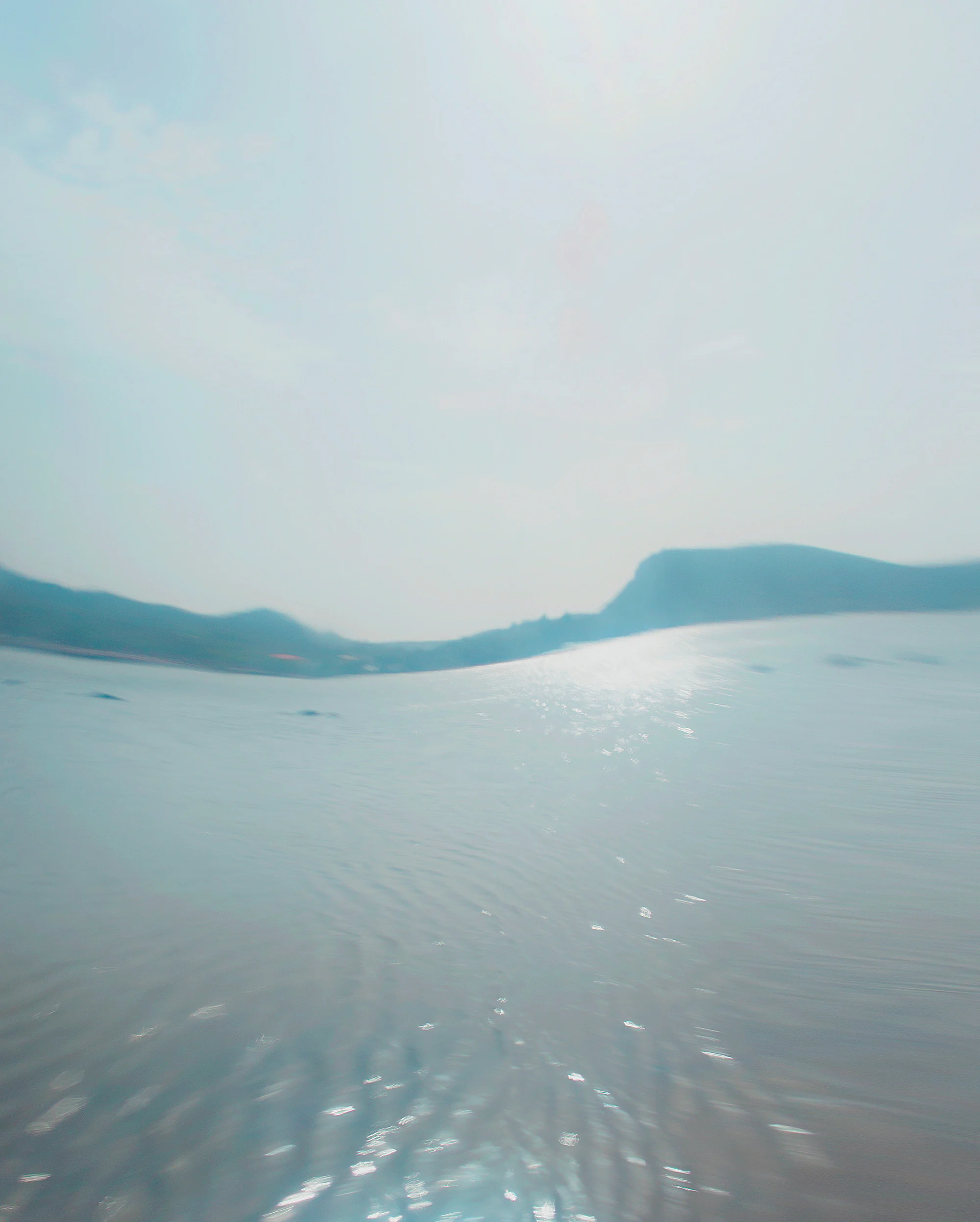
A still life of the pink Discilin bottle (a disinfectant produced on the island) is among one of his personal favorite images. “It is a nostalgic household brand which people have used to spiritually cleanse with for generations,” he explains. “For people outside of Curaçao it’s a mundane object, but for me it is charged with all these cultural connotations. I can open the cupboard here in the Netherlands, see this bottle, and instantly be transported to my youth. It is this notion of duality that I like to play with; that an object can inhibit all these different meanings.”


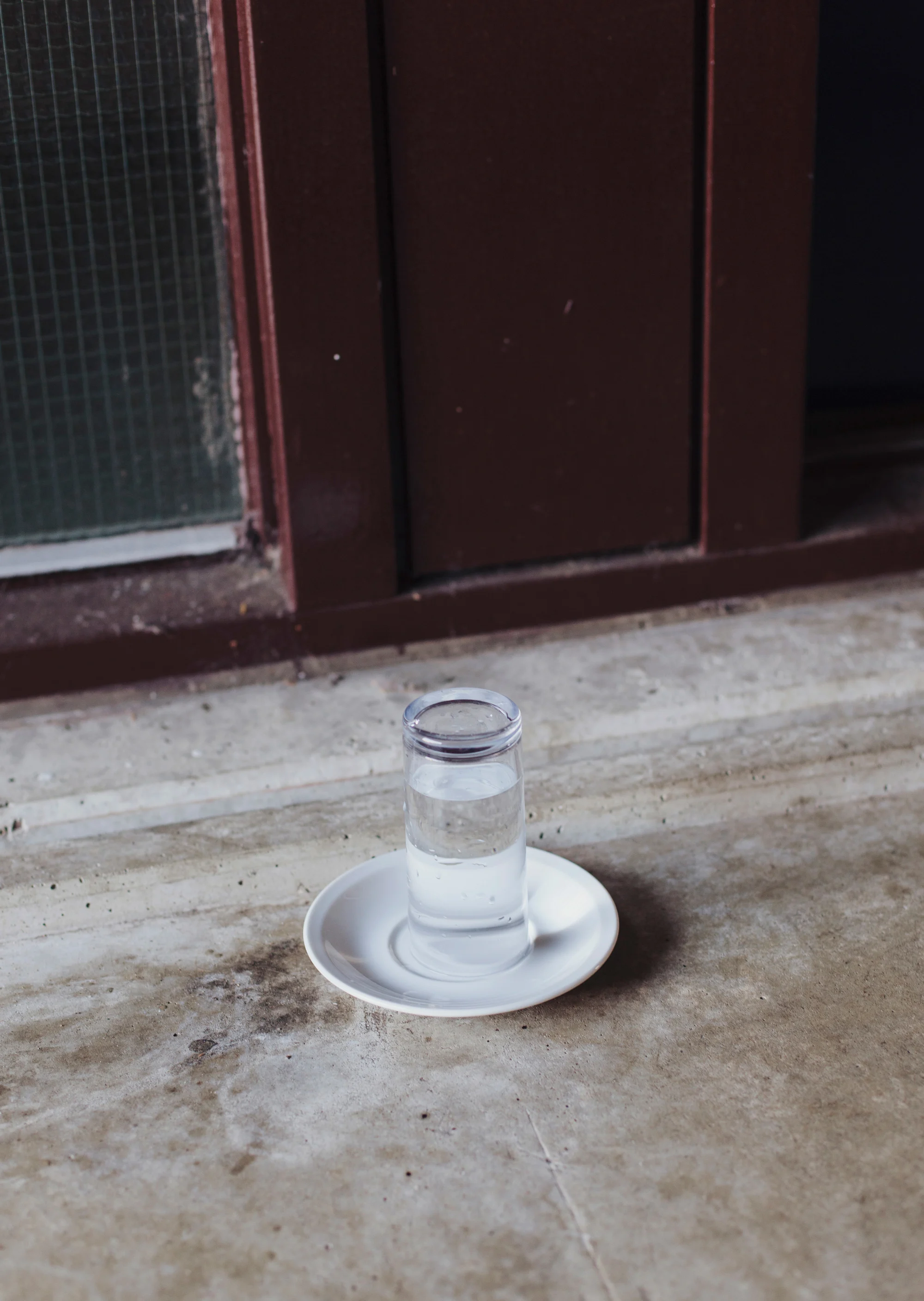
This sense of nostalgia is something that people who split their time between two places should be all too familiar with: that all consuming homesickness to the place you are not physically in at that moment. But nostalgia can also fool you, and cloud your judgement. Kevin is quick to admit that his time in the Netherlands has brought about an interesting dynamic. While it means that he often finds himself pondering over Curaçao – and particularly over his youth – through rose-tinted glasses, his physical separation from the island has recently made him reflect on it more critically. “At the moment I am in a phase where I am delving into themes like sexuality and masculinity. I am making work around my own queer identity and what that means within the postcolonial Caribbean context,” he explains. “I am disappointed in the way Curaçao openly rejects homosexuality but at the same time I know it is going to take time to come around. I need to be understanding, and more importantly, be compassionate.”

His latest short film Watamula is a direct result of this new chapter. Central to the story is a young man who emerges from a river and makes a laborious journey across the island to get to a sacred place named Watamula. While doing so he is confronted with magical elements such as sharp thorns getting stuck into his foot, a rogue flamingo and a sweaty but intoxicating priest, all while clutching onto a shell he was given at birth. The young man is confronted with feelings of rejection and comfort, sensuality and fear, all played out against a decor of spirituality and machismo. “This film is an open letter to my island – a personal conversation that I am having with it. I am not necessarily asking viewers to participate. I just want them to be a witness to that dialogue.”


I know what it feels like to be stuck in between these two separate worlds, not to feel at home in either.

It is clear that the focus of Kevin’s work is shifting from himself to his environment. Rather than just examining some of his personal existential struggles, he increasingly finds himself wanting to reach out to the Afro-Caribbean youth both on the island and within the diaspora at large. “Each year you have around 300 students coming from Aruba, Bonaire and Curaçao to study in the Netherlands, who all face similar struggles when it comes to adjusting to their new lives. I know what it feels like to be stuck in between these two separate worlds, not to feel at home in either. This work essentially is about me but I know at the same time, it speaks to all these collective identities – so it’s for them as well.”

